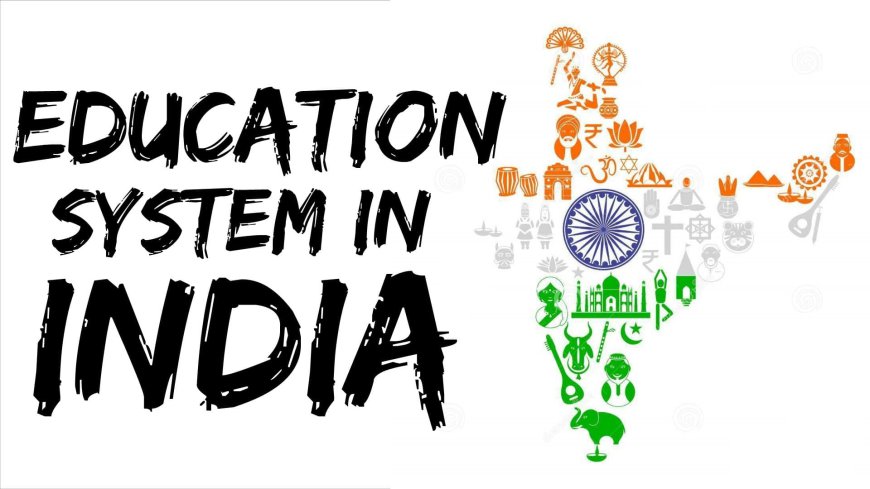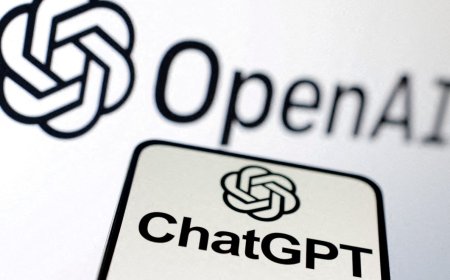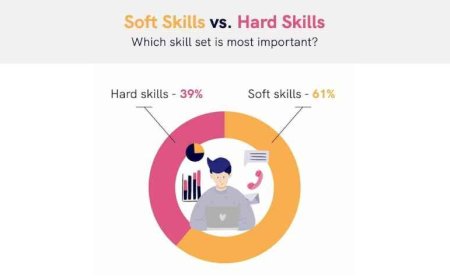In the diverse tapestry of India, education stands as the cornerstone of progress and development.
However, beneath the surface of this crucial foundation, there lie persistent problems that demand our immediate attention. Here, we unravel the ten critical issues afflicting the Indian education system, casting light on the shadows that hinder the nation's educational progress.
Outdated Curriculum:
The Indian education system often clings to outdated curriculum structures, failing to keep pace with the rapidly evolving global landscape. This impedes students from acquiring relevant skills and knowledge needed in today's dynamic world.

Overemphasis on Rote Learning:
Memorization takes precedence over understanding in classrooms, discouraging critical thinking and creativity. This age-old practice hampers the development of analytical skills crucial for problem-solving in real-life scenarios.
Inadequate Infrastructure:
A significant number of schools lack basic infrastructure, including proper classrooms, libraries, and sanitation facilities. This not only affects the quality of education but also creates an unequal learning environment.
Digital Divide:
The shift towards online learning during the pandemic exposed the digital divide prevalent in the country. Many students, especially in rural areas, lack access to necessary technology, widening the educational gap between urban and rural populations.
Teacher Shortage and Quality:
A shortage of qualified teachers remains a persistent issue. Furthermore, teacher training programs often fall short, resulting in educators who may lack the skills required to engage and inspire students effectively.
Examination Pressure:
The relentless focus on examinations, particularly competitive ones, places an immense burden on students. This pressure-cooker environment hampers holistic development and mental well-being.
Lack of Vocational Training:
The education system tends to undervalue vocational training, leaving students ill-equipped for the practical challenges of the workforce. This contributes to high unemployment rates among graduates.
Language Barriers:
The emphasis on English as a medium of instruction poses a challenge for students from non-English speaking backgrounds. This language barrier often becomes a stumbling block to effective learning.
Underfunding of Education:
Despite the importance of education, budgetary allocations often fall short. Insufficient funds lead to compromised infrastructure, inadequate teacher salaries, and a general decline in educational quality.
Inequality in Access:
Socio-economic disparities result in unequal access to quality education. This perpetuates a cycle of poverty as those in marginalized communities face barriers in realizing their educational potential.
Conclusion:
As we unveil these ten critical issues, it is imperative for stakeholders to join hands in addressing the deep-seated problems within the Indian education system. Only through concerted efforts and reforms can we hope to build a brighter and more equitable future for the nation's learners.4
Follows Us for More Updates
Like Us on Facebook Page :
Click Here
Like Us on Instagram :
Click Here






























